The secret of making the most of a house with a beautiful setting, by Janine Stone's Jeremy Spencer
You only need to explore Britain’s historic houses to appreciate the benefits of a beautiful setting. Jeremy Spencer of Janine Stone shares the secret to making the most of an often overlooked asset with Country Life’s Executive Editor, Giles Kime.
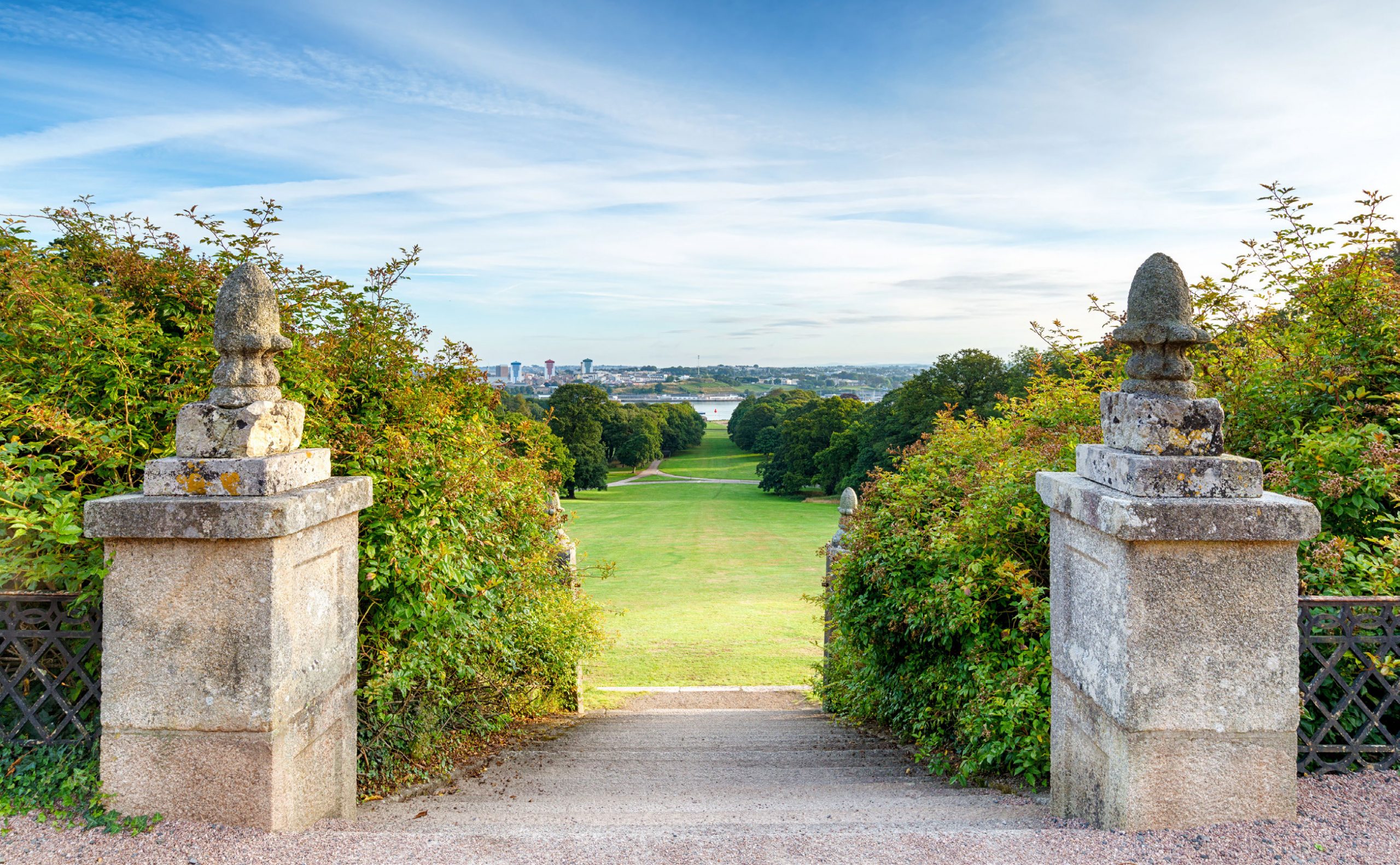

Why do you think it’s important to take orientation into consideration when designing a new house?
The position of a newly built house has a transformative impact on both its interior and exterior. Among the most significant factor are the views, including the surrounding landscape, neighbouring houses, roads and, if you are lucky, the sea. The way in which a house is designed, the outlook of the principal rooms, the topography of the site and the position it occupies all need careful and detailed consideration when planning a new home. Privacy is another factor that should be addressed and this can be achieved both by positioning and landscaping.
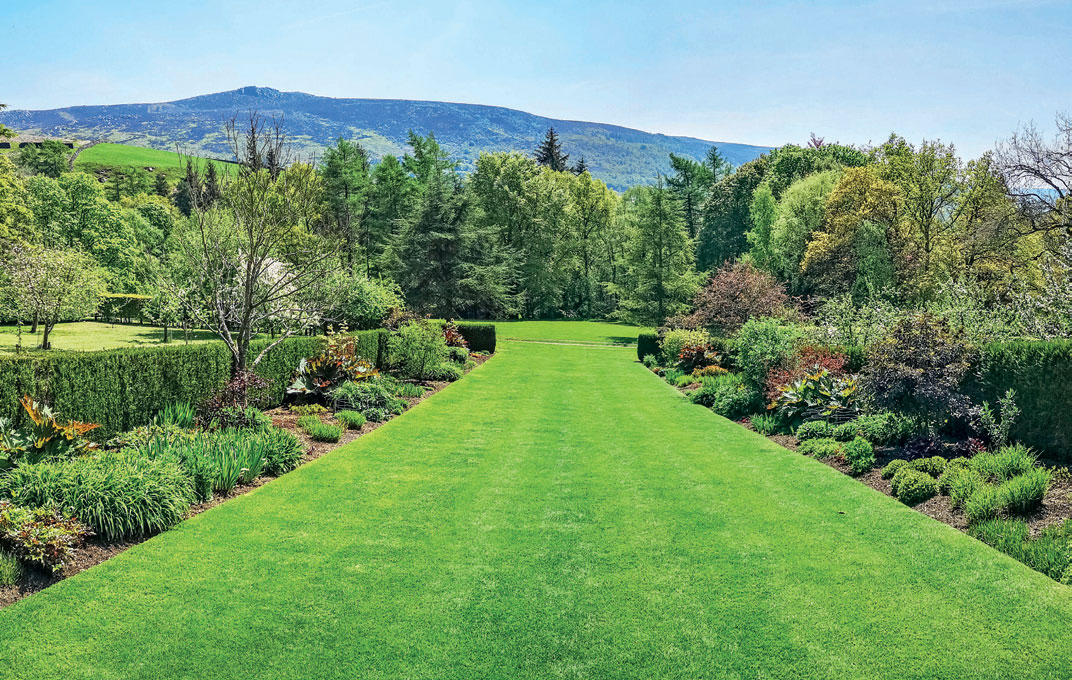
How does one address orientation when refurbishing an old house?
Older houses weren’t designed for the way that most people want to live in the 21st-century. At Janine Stone, we have years of experience in transforming existing houses so that they offer the opportunity for a completely different lifestyle. In most instances, we will address the orientation of a house in a way that will maximise the possibilities for light, views, outdoor areas and privacy.
In addition, there is much to be gained by extending a house in a way that complements the interior, as well as adding windows, reconfiguring the existing layout by repurposing space and moving the location of staircases and entrances.
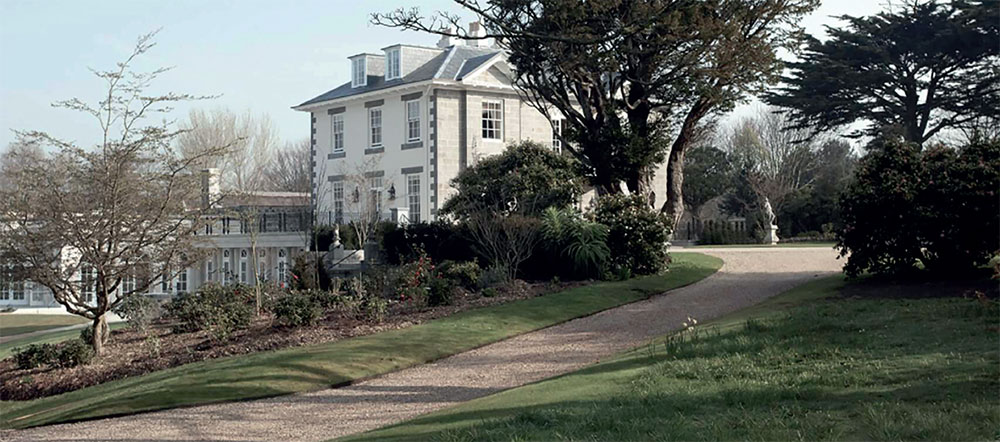
Are there any ideal scenarios when considering orientation?
There are obviously huge benefits to having a garden with a south-facing aspect, as it allows you to enjoy more light for longer periods of time. Nevertheless, an experienced team can respond to different orientations both in the design of the house and in the way that garden is planned, for instance by establishing a terrace in an area that benefits from the evening sun.
Also, remember that too much sunlight can be both a benefit and a disadvantage in a house; although it will bring light and warmth to an interior, it can also make a space uncomfortably hot and damage both textiles and furniture. This can be addressed with UV-protective glass and awnings that reduce the reliance on air conditioning in hot weather.
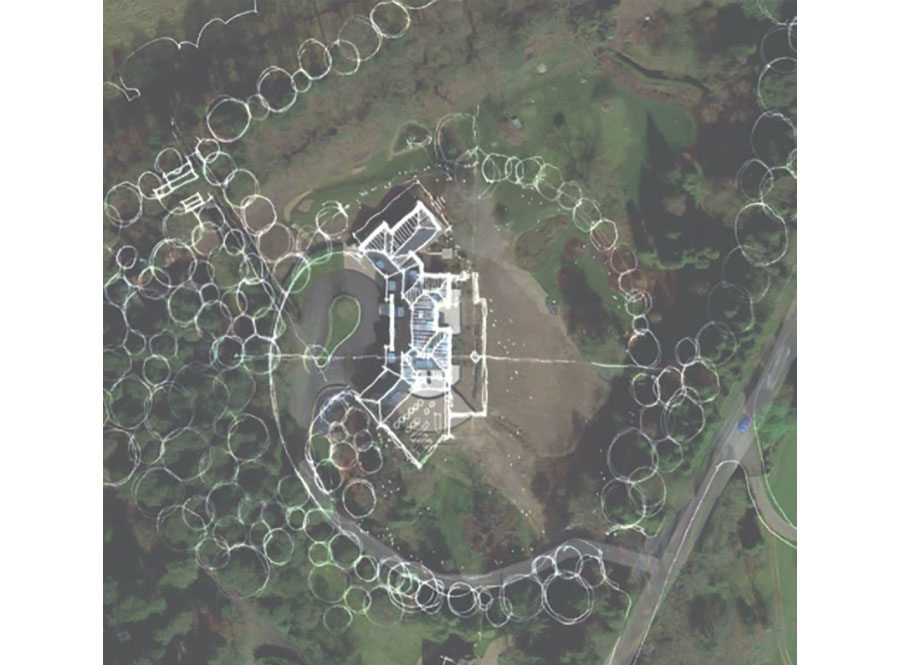
What is the best way to address north-facing rooms when designing or remodelling a house?
The configuration of both new and old houses can address this by devoting northfacing spaces to uses where sunlight is less important, such as utility or media rooms mainly used in the evenings. However, this is another area where an experienced architect can make a significant difference to the outcome. In particular, the use of rooflights, roof lanterns, expanses of glass and glass links will significantly enhance a lightstarved space.
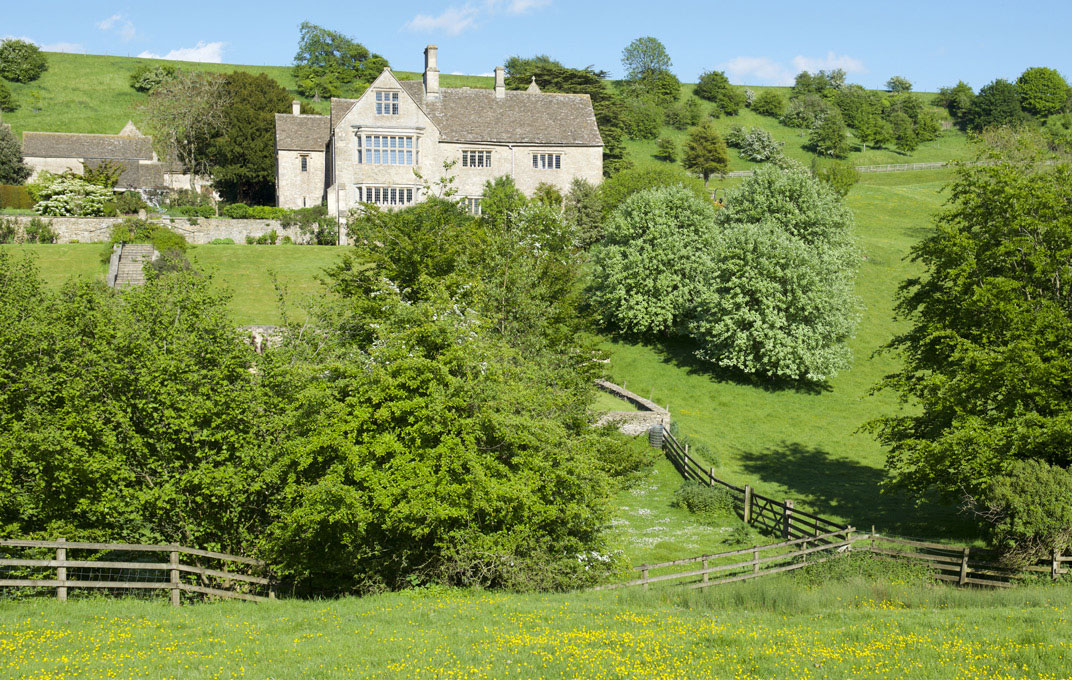
The height of the roof is another important factor when designing a north-facing space that will allow opportunities for larger windows and glazed doors. Toplights over French doors will offer another useful light source. Both Sir John Soane’s London home and his country house at Pitzhanger offer plenty of inspiration for how to make the most of natural light.
Janine Stone & Co specialises in building and renovating great houses, incorporating architecture, interior design and construction management, and has been providing Country Life with insights and expertise through this ‘Masterclass’ series. To speak with Janine Stone & Co, please telephone 020– 7349 8888 or visit www.janinestone.com
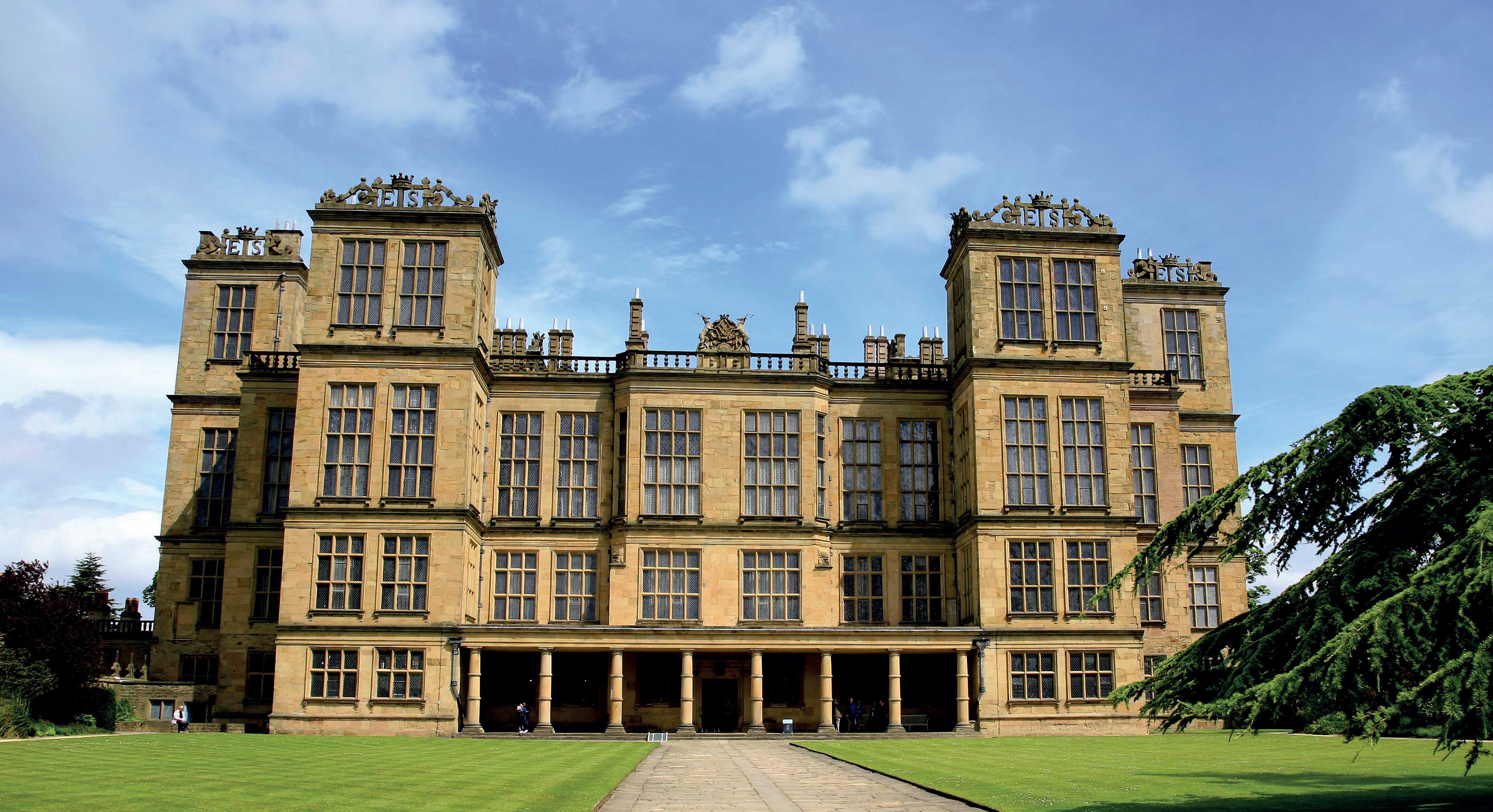
Janine Stone's Jeremy Spencer: 'The impact of windows on a building’s appearance can be transformative'
In the latest Janine Stone Masterclass, Giles Kime talks to Jeremy Spencer about the lessons we can learn from the
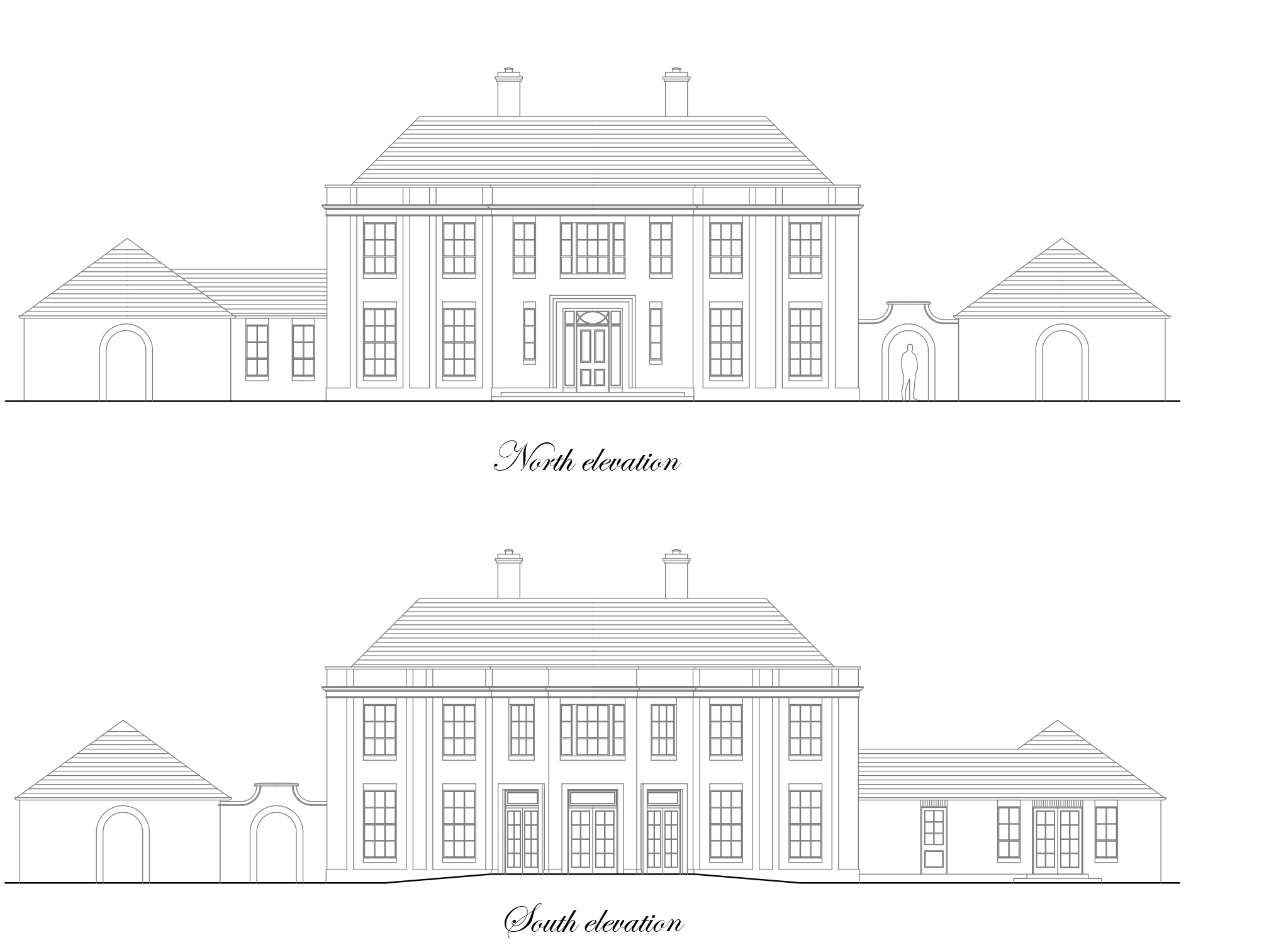
Credit: Janine Stone
Janine Stone's Jeremy Spencer on getting the right team for your project, and keeping the client at the epicentre
Jeremy Spencer of Janine Stone tells Country Life’s Giles Kime why collaboration is key to the success of an architectural
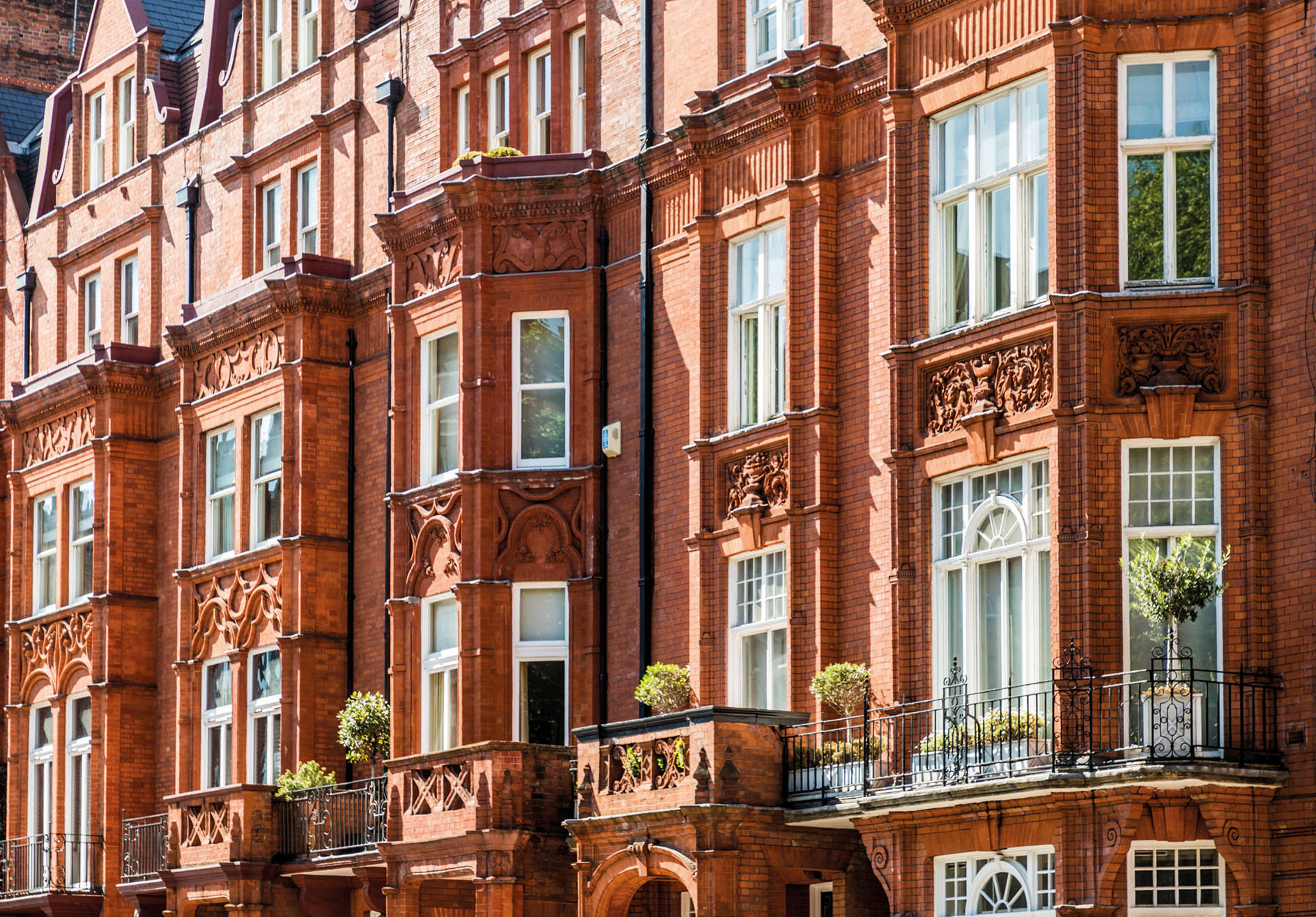
How your choice of bricks can have a transformative effect on your project, by Janine Stone's Jeremy Spencer
Giles Kime asks Jeremy Spencer of Janine Stone why bricks can have such a transformative effect on the success of
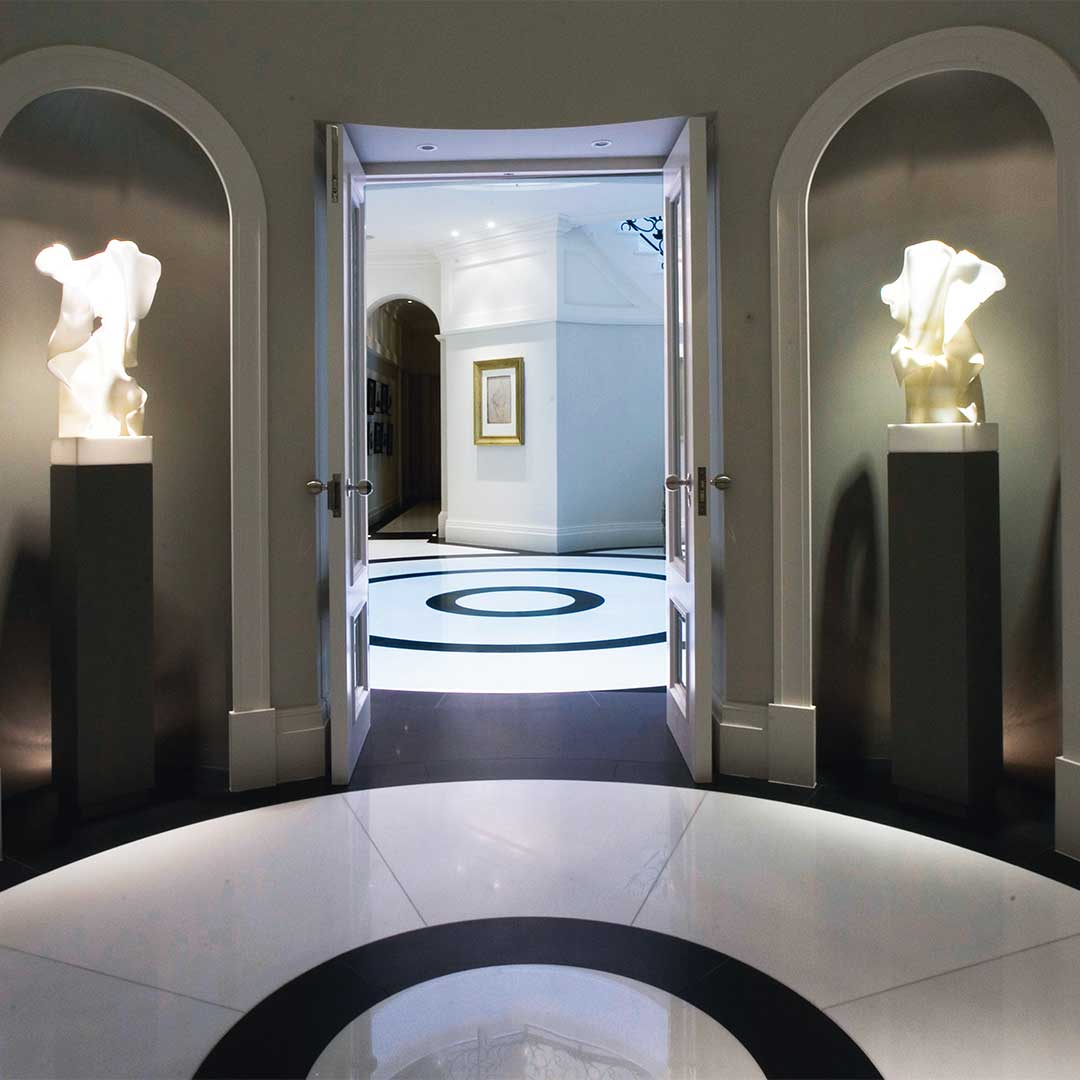
Janine Stone: Creating spaces to show off your art, sculpture, car or and even wine collection
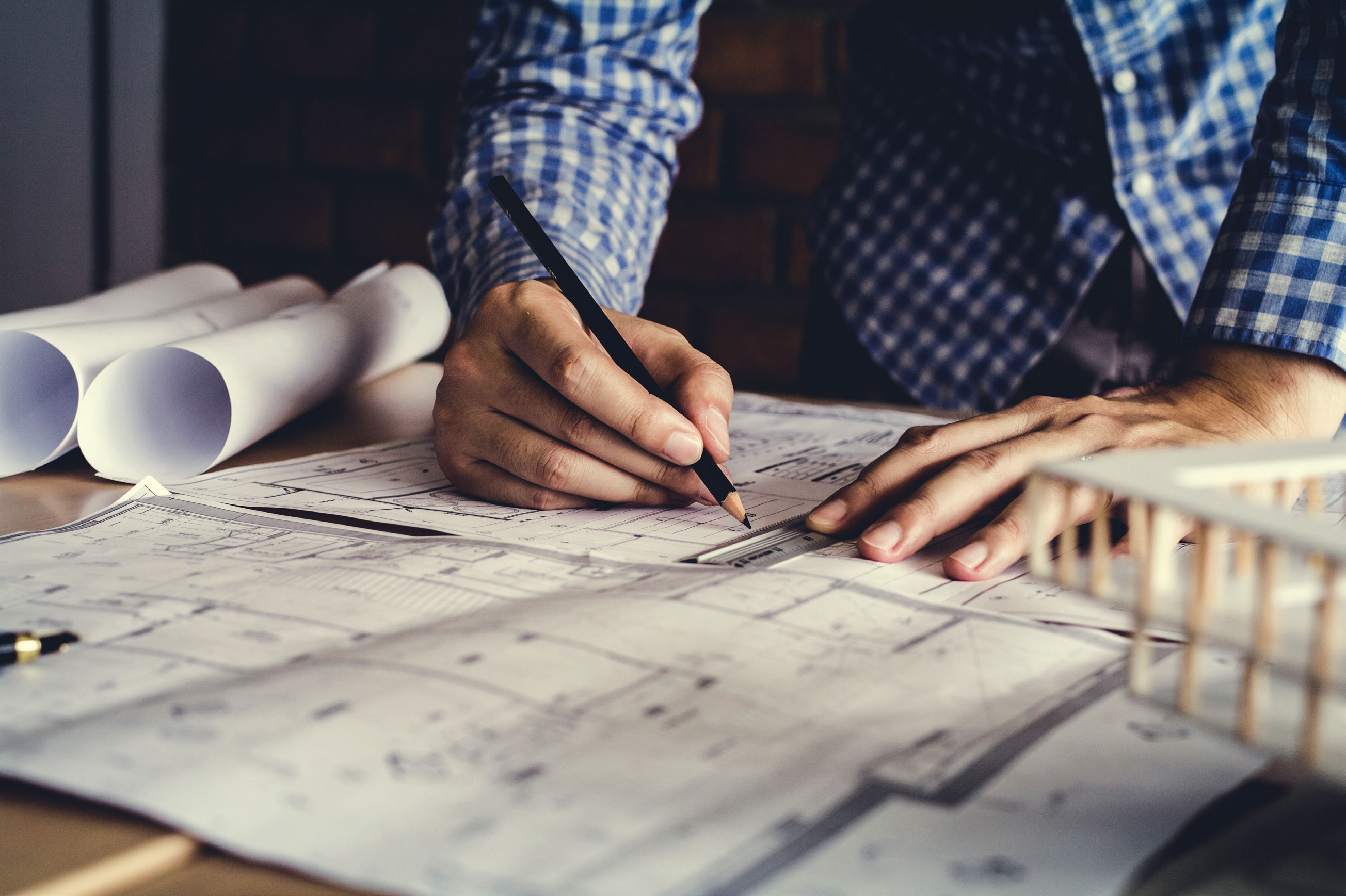
Credit: Janine Stone
Janine Stone: 'We create houses not only for clients, but for future generations'
In the third of our series of masterclasses, interior designer Janine Stone answers questions from Giles Kime about how to
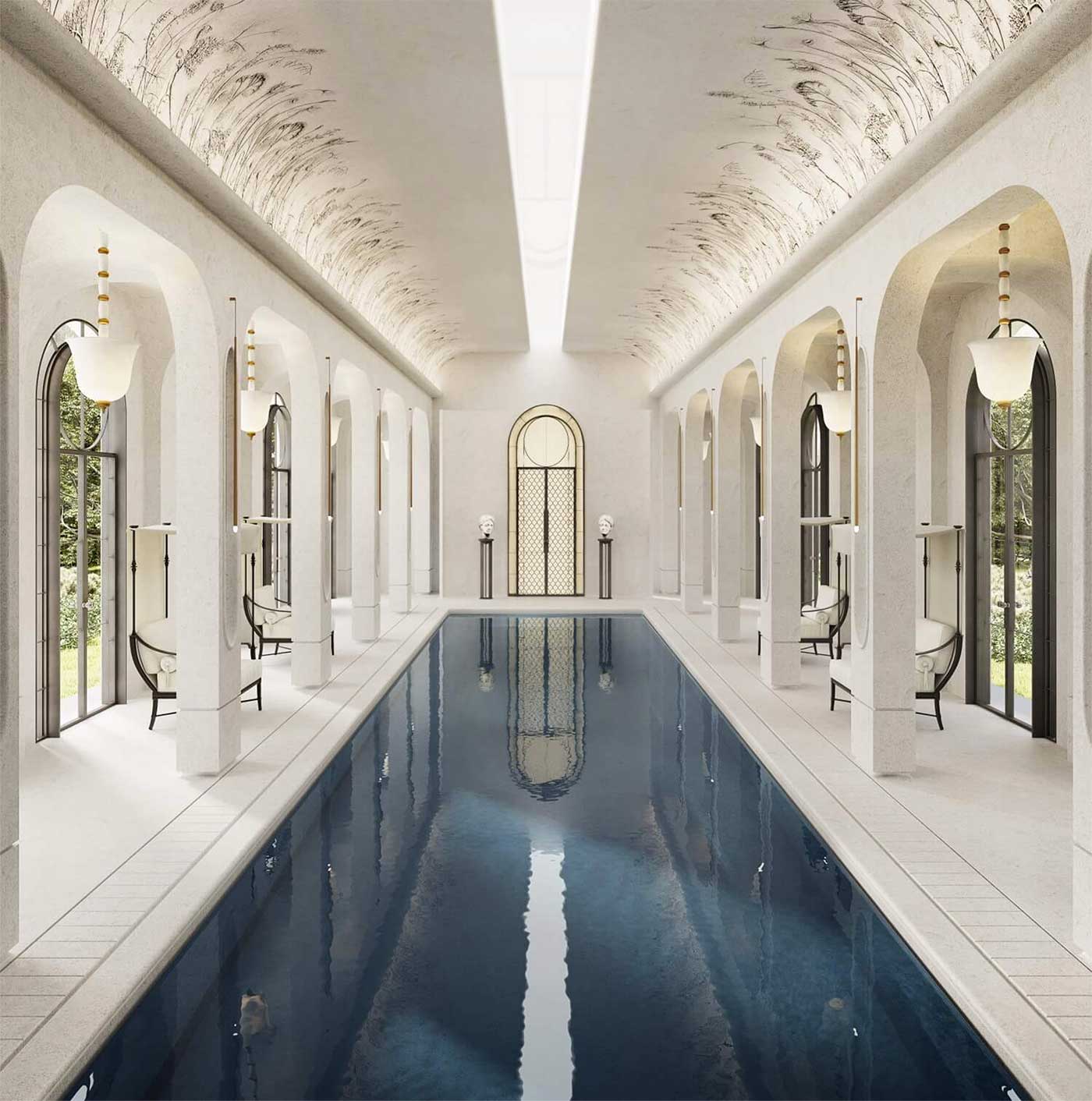
Janine Stone: How to fit a home gym, pool or yoga studio seamlessly into your house
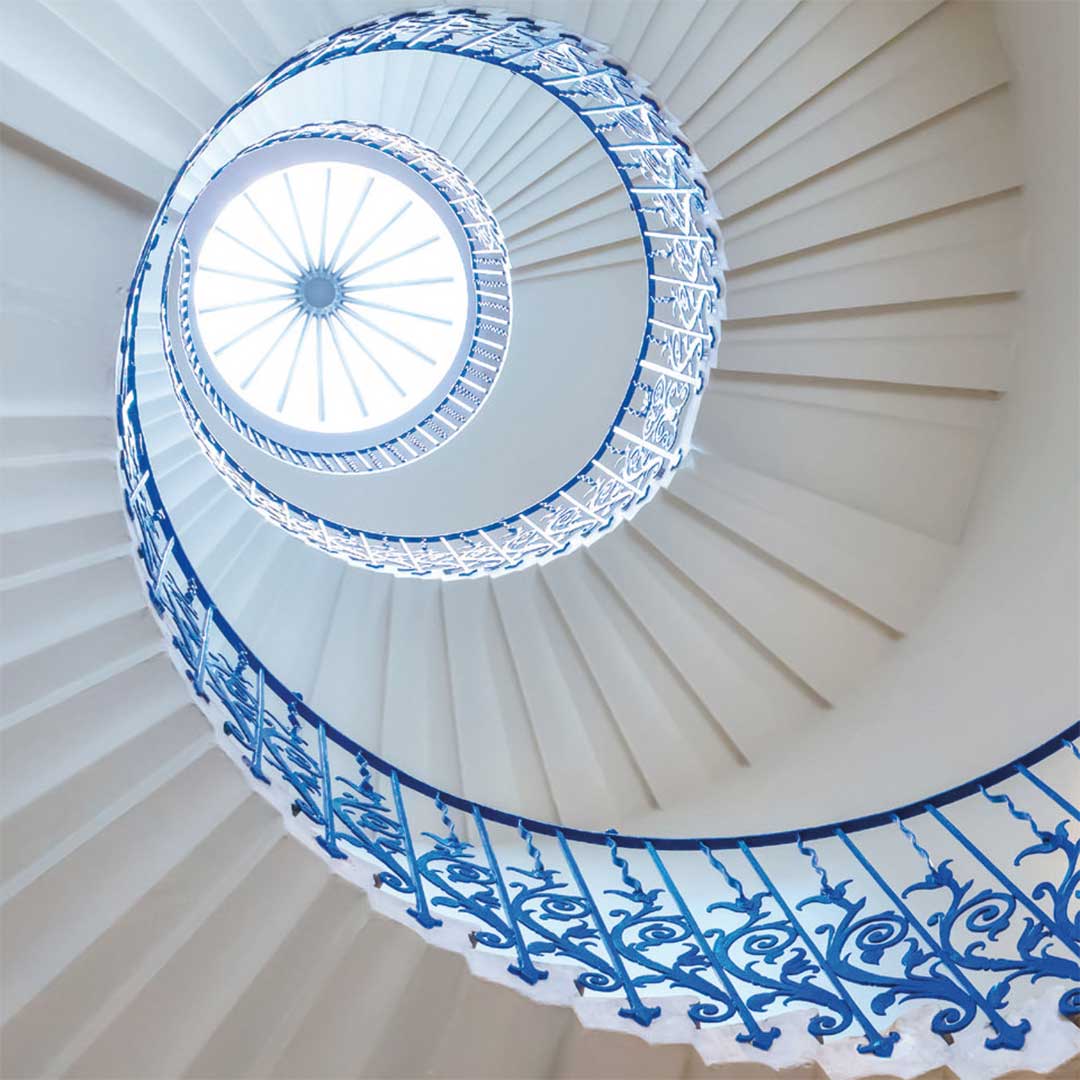
Janine Stone: 'Knowing who to work with, their capabilities and specialisms, is as important as the design itself'
The interior of a beautiful building is often what leaves the most enduring impression in a visitor’s memory; carefully crafted
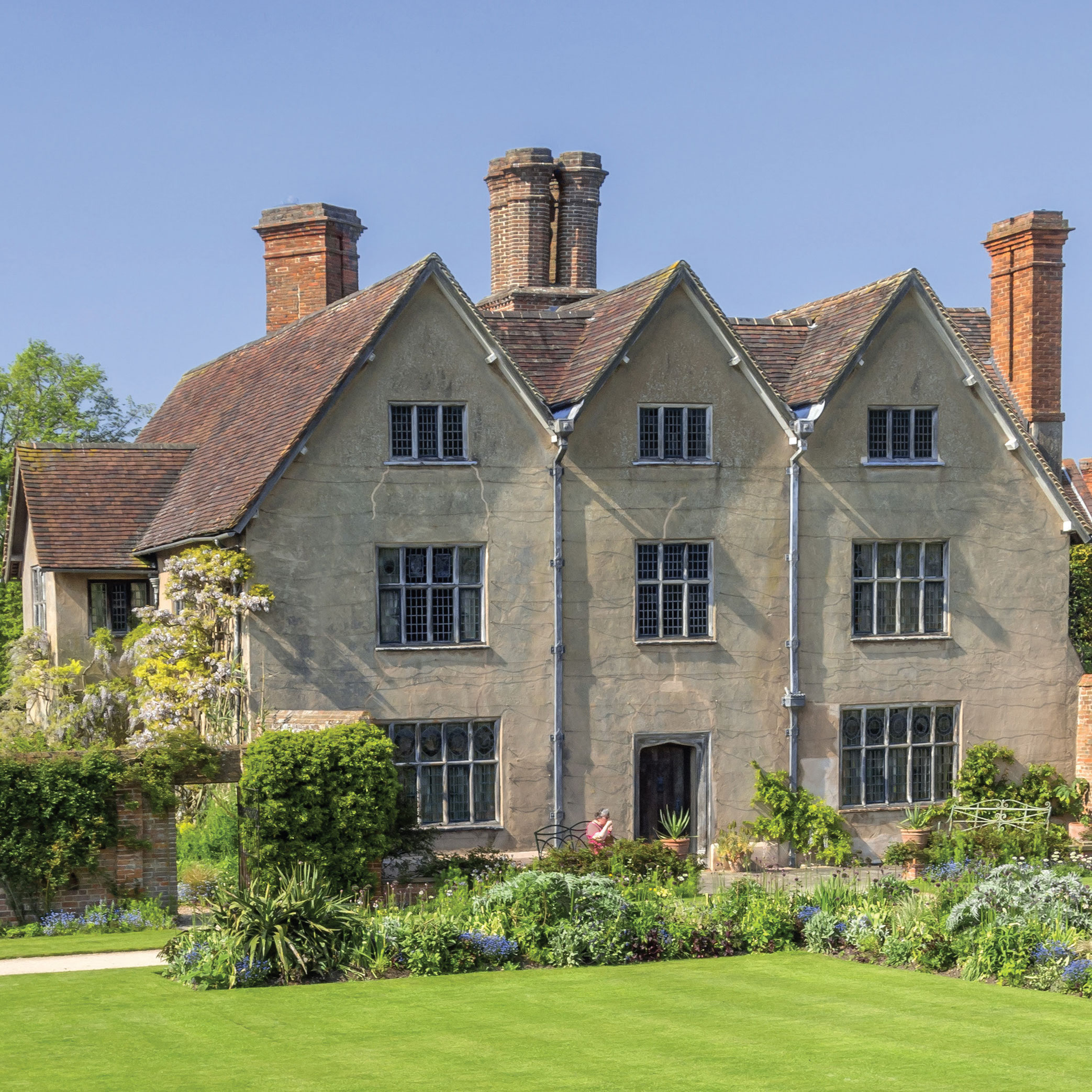
Credit: Janine Stone
Janine Stone: 'There’s an assumption that living in a period property involves a compromise in terms of layout and comfort. We don’t agree'
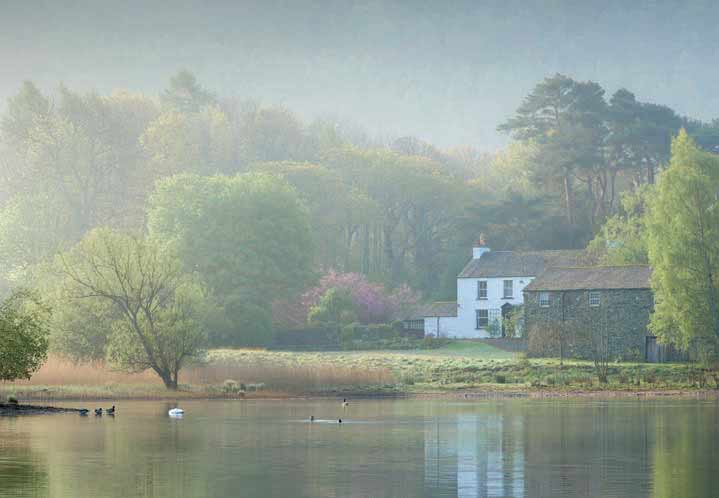
Janine Stone's Jeremy Spencer on getting light right
The interplay of natural light, space and position can have a huge bearing on the success of a house. Jeremy
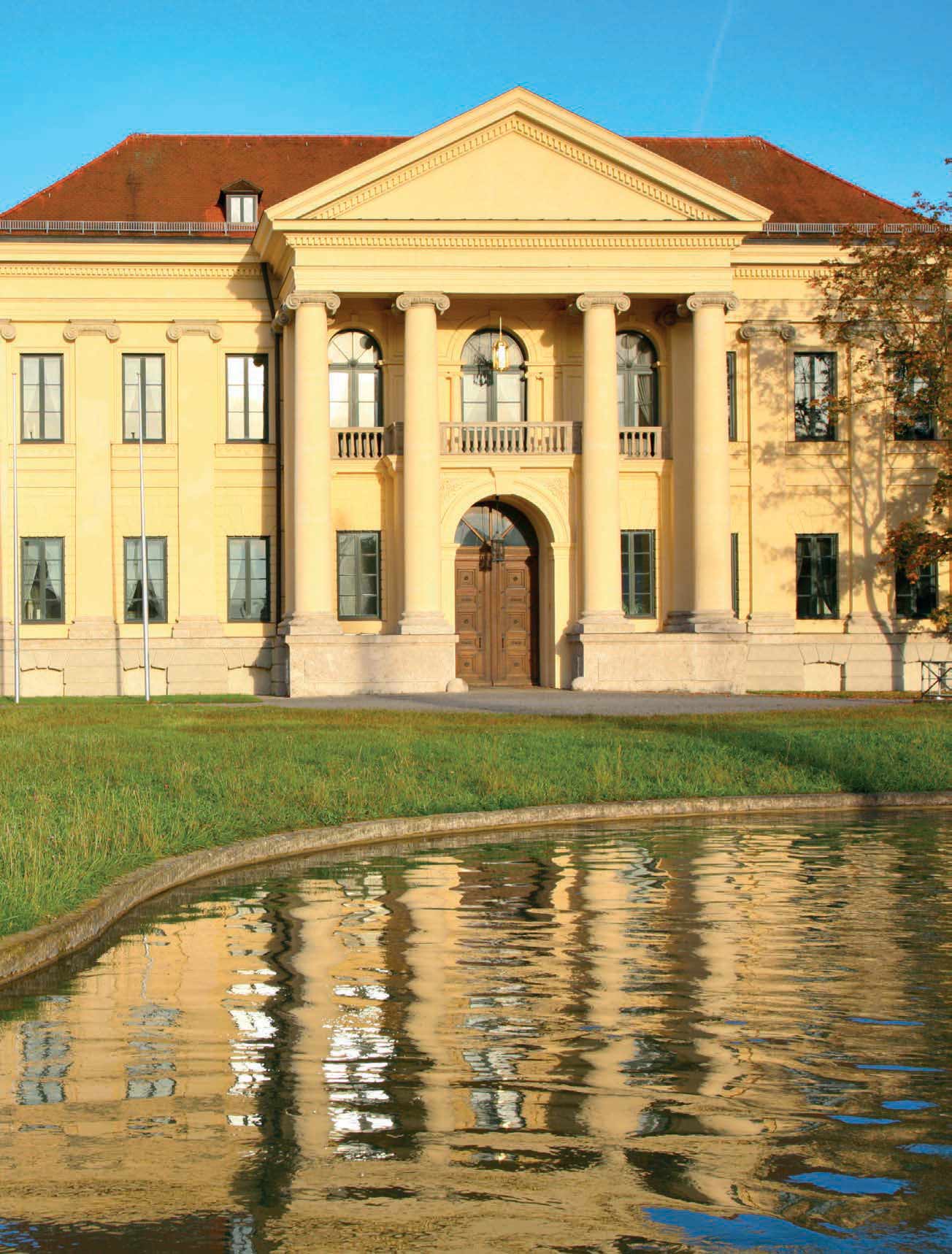
Credit: Janine Stone
Janine Stone's Jeremy Spencer on how houses need not just blend into their settings, but can actively enhance them
When creating a new country house, there are plenty of inspiring examples of how it can sit seamlessly into its
Sign up for the Country Life Newsletter
Exquisite houses, the beauty of Nature, and how to get the most from your life, straight to your inbox.
-
 Six rural properties with space, charm and endless views, as seen in Country Life
Six rural properties with space, charm and endless views, as seen in Country LifeWe take a look at some of the best houses to come to the market via Country Life in the past week.
By Toby Keel
-
 Exploring the countryside is essential for our wellbeing, but Right to Roam is going backwards
Exploring the countryside is essential for our wellbeing, but Right to Roam is going backwardsCampaigners in England often point to Scotland as an example of how brilliantly Right to Roam works, but it's not all it's cracked up to be, says Patrick Galbraith.
By Patrick Galbraith
-
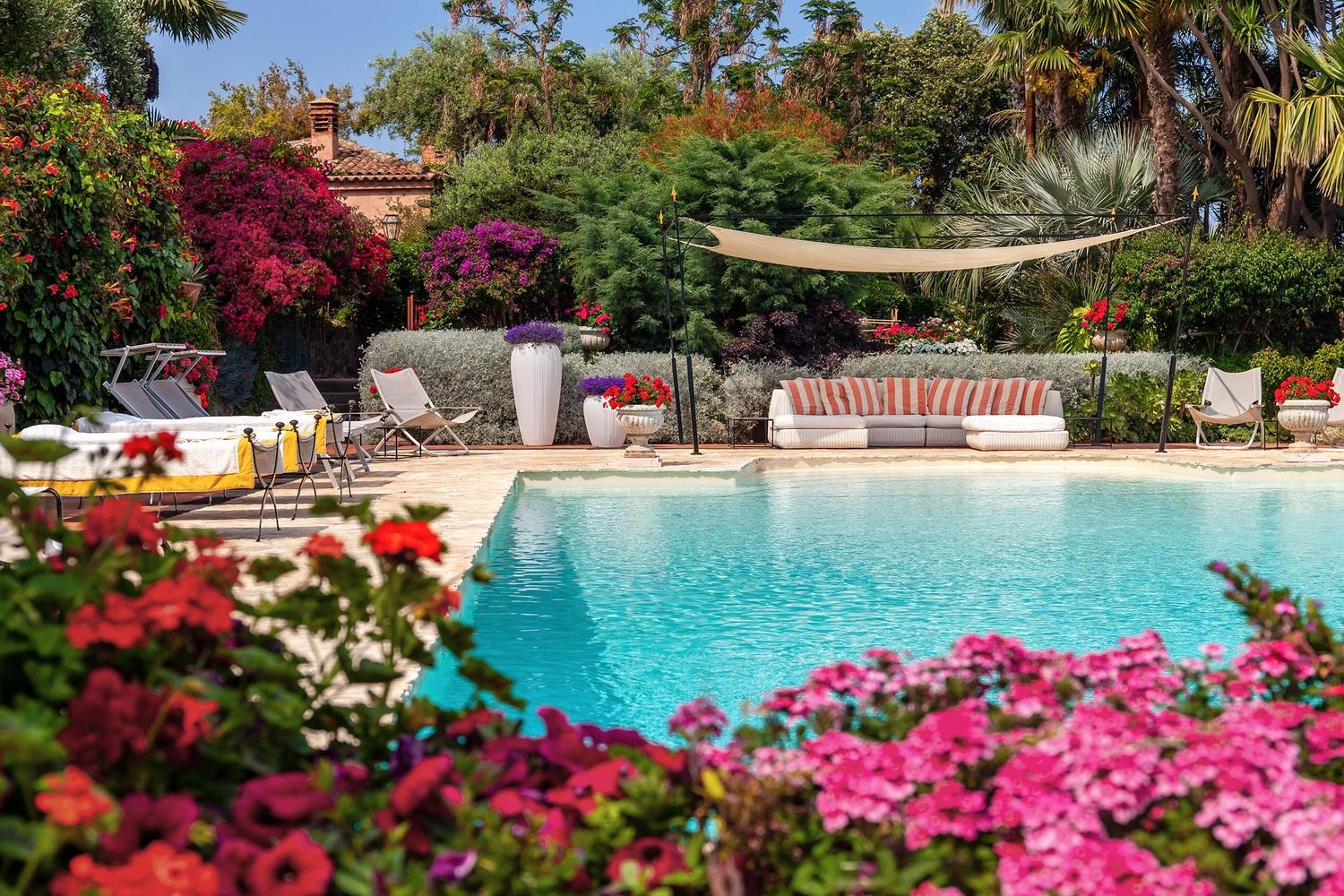 Jewels of the Mediterranean: Luxury multi-generational villa holidays
Jewels of the Mediterranean: Luxury multi-generational villa holidaysThe Thinking Traveller have some of the finest villas in the Mediterranean on their books for multi-generational holidays. Here are just a few of the highlights.
By The Thinking Traveller
-
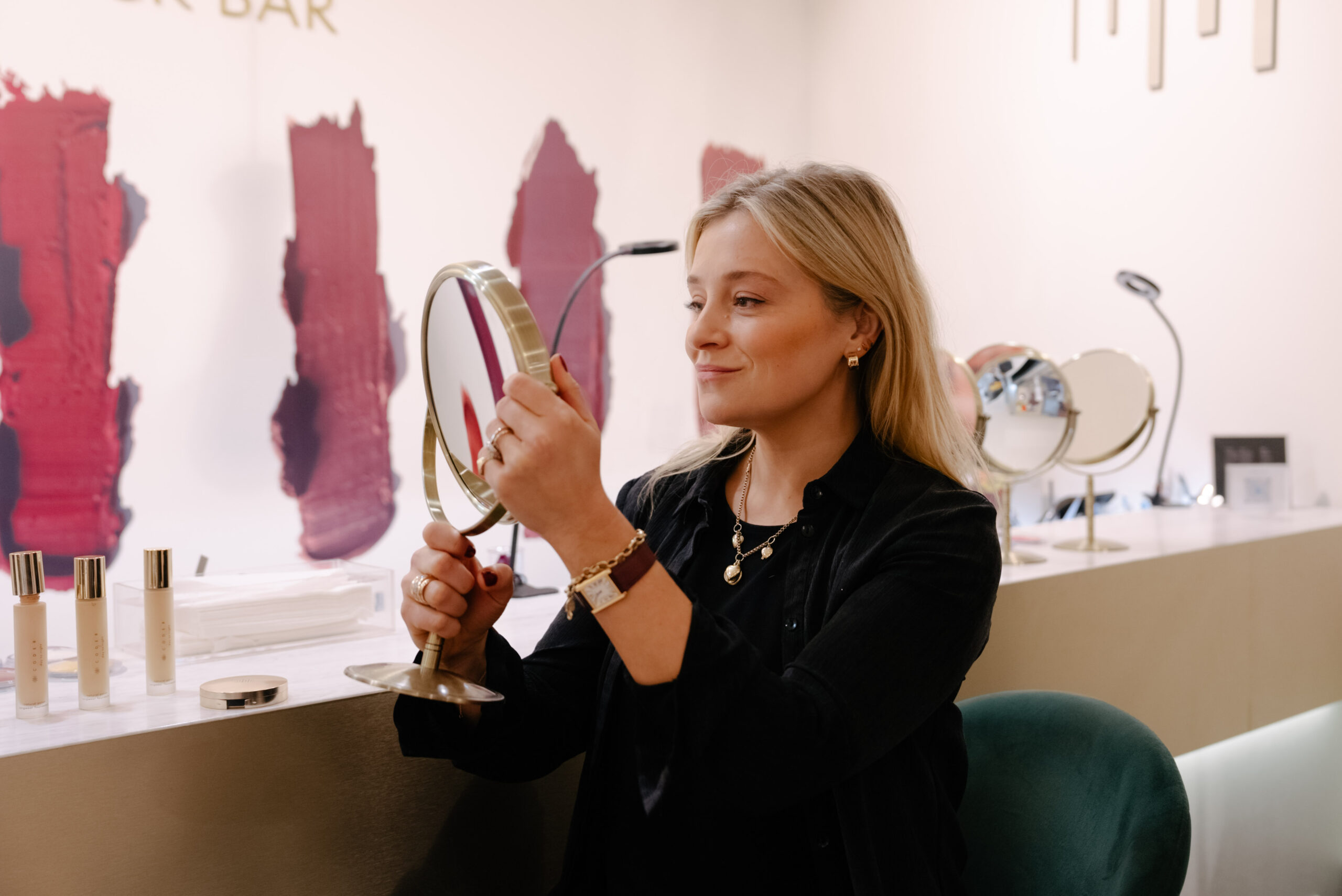 Code8: Beauty on Burlington Arcade
Code8: Beauty on Burlington ArcadeCome along Burlington Arcade with Hetty Lintell to visit beauty gurus Code8, and try their new Day To Night Foundation.
By Code8
-
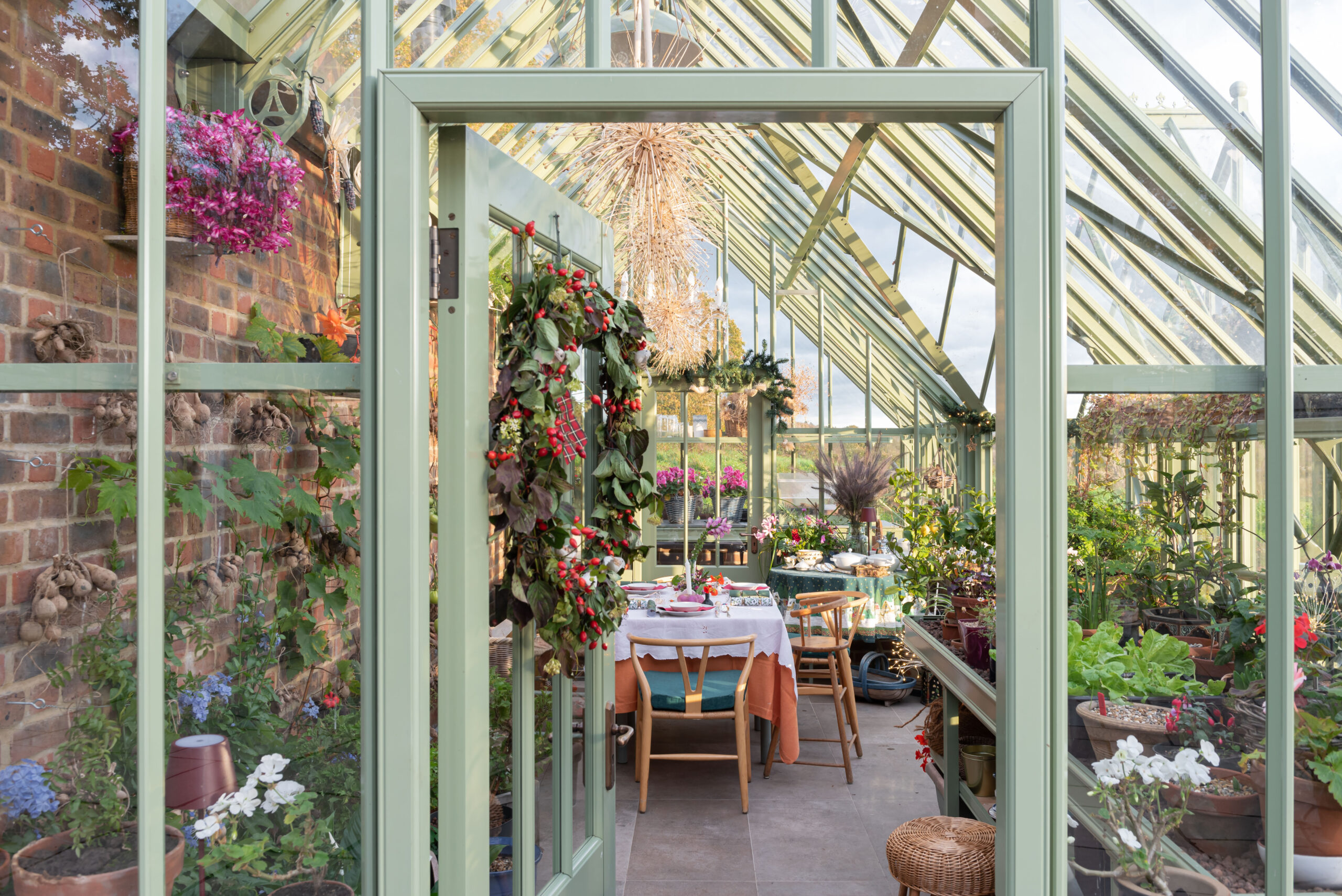 The gift of growing
The gift of growingEntirely built to suit your needs, a bespoke Alitex greenhouse not only helps you nurture flowers and vegetables, but also offers a tranquil retreat from the pressures of daily life.
By Alitex
-
 The ultimate Canadian train journey
The ultimate Canadian train journeyExperience the spectacular scenery of the Canadian Rockies onboard the luxury and top-tier service of Rocky Mountaineer.
By allantaylor
-
 Diamonds are a man’s best friend
Diamonds are a man’s best friendMale interest in jewellery is on the rise, with gypsy and signet rings proving especially popular, according to renowned jeweller Hancocks.
By Hancocks London
-
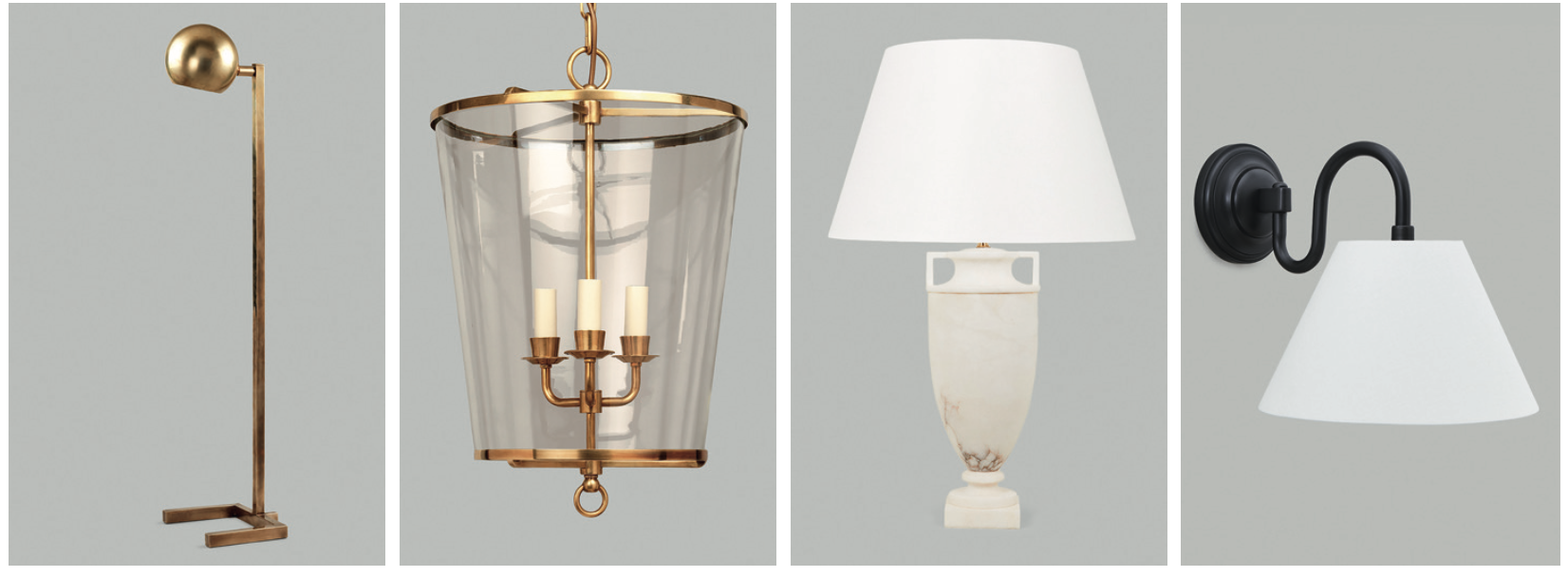 The Art of Lighting: Four of Britain's top designers share their best tips for choosing lighting
The Art of Lighting: Four of Britain's top designers share their best tips for choosing lightingAt a recent panel discussion hosted at Vaughan’s London showroom during Focus/24, interior designers Emma Pocock and Sarah Peake, lighting designer Jo Mann of Lighthouse Designs and Richard Smith of Vaughan shared their top 10 tips on choosing lighting.
By Vaughan
-
 The beauty of bespoke: A journey with Julia Lloyd George
The beauty of bespoke: A journey with Julia Lloyd GeorgeGoing bespoke with Julia Lloyd George means getting not just a piece of jewellery, but a lifelong treasure.
By Julia Lloyd George
-
 Hancocks: Sparkle of genius
Hancocks: Sparkle of geniusHistoric jewellery firm Hancocks, now in its new St James’s home, specialises in old-cut diamonds pieces that gleam and turn heads even in low light.
By Hancocks London